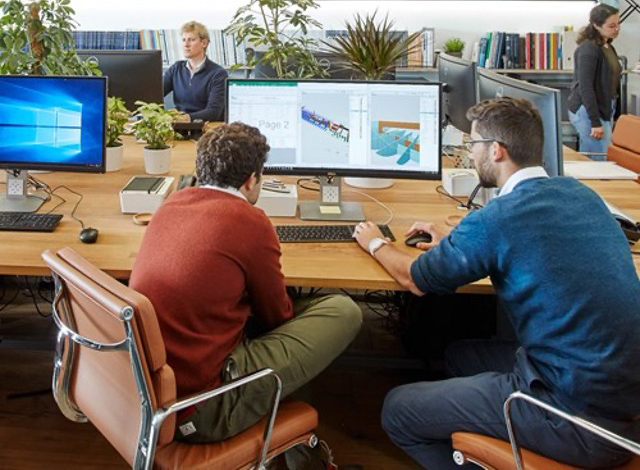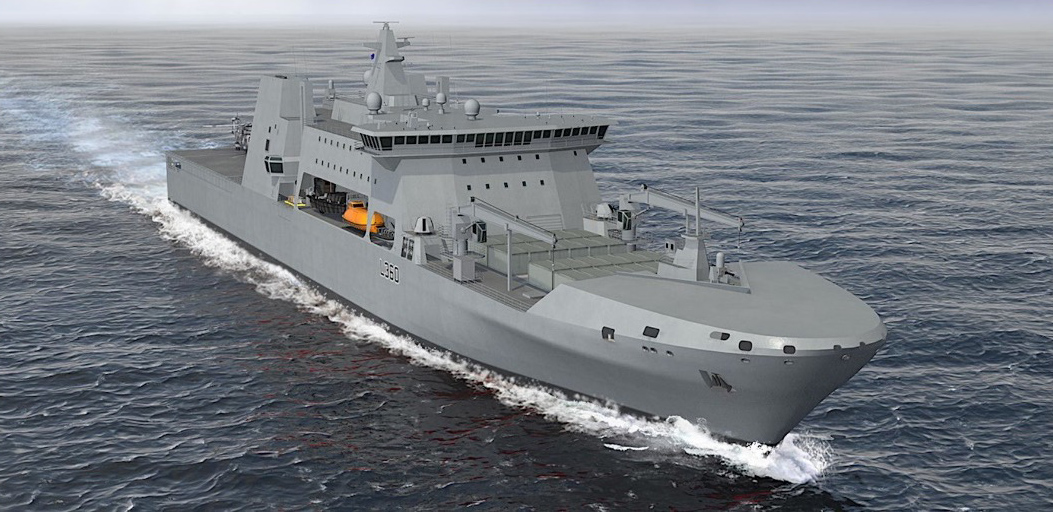
Naval Architect - Ships
Welcome, young ship enthusiasts!
This field opens doors to solving real-world challenges like sustainable ocean travel, naval defence, and advanced marine exploration. If you love the sea, enjoy solving puzzles, and have a passion for innovation, naval architecture could be your path to shaping the future of marine technology!

Naval architecture is the branch of engineering that focuses on the design, construction, and maintenance of ships, boats, and other marine vessels. It combines principles from various fields such as engineering, physics, and mathematics to ensure that these vessels are safe, efficient, and effective in their intended roles.
Naval architecture is the field of engineering that deals with the design, construction, and maintenance of ships, boats, and other marine vessels. It encompasses a variety of disciplines, including hydrodynamics, structural analysis, materials science, and stability, to ensure that vessels are safe, efficient, and capable of performing their intended functions in water. Naval architects work on various aspects of marine design, from the overall shape and structure of the vessel to the systems that support its operation, such as propulsion and navigation. This field plays a crucial role in the maritime industry, contributing to the development of commercial shipping, naval defense, and recreational boating.
Naval architects are engineers responsible for the design, construction and repair of seafaring vessels, including ships, boats and offshore structures.
In practice we apply mathematical and physical principles to design and maintain ships to be as safe and efficient as practically possible.
We use a combination of experiments and computer modelling to achieve these goals.

The first underwater exploration device is known as the diving bell and was created by Franz Kessler in 1616.
The earliest known naval architect was a Greek named Philo of Byzantium, who lived in the 3rd century BCE. His work included detailed descriptions of various ship types and innovations in shipbuilding.
The first designs of a functioning submarine were created in 1690 by Denis Papin, a French inventor, physicist, and mathematician.
The largest container ships, such as the Ever Alot, can carry over 24,000 TEUs (Twenty-foot Equivalent Units). These enormous vessels are over 400 meters (1,312 feet) long and 60 meters (197 feet) wide.
It’s estimated that there are around 3 million shipwrecks scattered across the world’s oceans. Many of these wrecks provide valuable data for historical research and advancements in ship design.
Approximately 90% of global trade is carried by sea. This highlights the crucial role that naval architecture plays in facilitating international commerce.
As of early 2024, there are approximately 100,000 commercial ships over 100 gross tons operating worldwide. This includes everything from small cargo ships to large supertankers and cruise ships.
What does a BMT Naval Architect do?
At BMT our Naval Architects work in teams and cover key areas of ship design:
We split our time between designing our own ships and helping customers with theirs.

Naval Architecture and Engineering are broad subjects requiring lots of skills.
Entering a career in Naval Architecture involves a combination of education, skill development, and professional experience. Here’s a step-by-step guide on how to pursue a career in Naval Architecture globally:
Degree route
Attend: Sixth form or college
Qualification:
Subjects:
Attend: University
Qualification: BEng/MEng in Naval Architecture or Maritime Engineering
Study:
Apply to BMT in your final year of university
Attend: BMT
Role: Graduate Naval Architect
Experience:
Attend: BMT
Role: Naval Architect
Experience: Choose a team and start developing your specialism.
* These timelines are indicative to give you an idea of the sort of path you might wish to take. There is some room for flexibility based on your academic aspirations.
Apprenticeship route
Attend:
Qualification: Level 3 Engineering Diploma
Subjects: Engineering related units/subjects
Attend: BMT
Role: Naval Architect Apprentice
Qualification: Level 4 - HNC
Study: Engineering related units/subjects
Attend: BMT
Role: Naval Architect Apprentice
Qualification: Level 5 - HND
Study: Engineering related units/subjects
Attend:
Role: Naval Architect
Qualification: Part time degree
Study: Any course that’s applicable to work at BMT.
Attend: BMT
Role: Naval Architect
Experience: Choose a team and start developing your specialism.

Cathy is a Naval Architect with nearly 20 years of experience in the defence industry, specialising in the design and support of Naval Surface Ships. A key aspect of her role involves mentoring others and helping them develop expertise in this complex field.
What do you do?
I lead a team responsible for weight estimation, stability analysis, and assessing the hydrodynamic characteristics of naval ships. My role includes overseeing the team’s progress and actively contributing to various projects myself.
How did you get there?
I initially joined the Ministry of Defence with a degree in Mechanical Engineering, but it was there that I discovered Naval Architecture and found my passion for ship design.
Who inspired, helped and supported you?
Science and engineering are part of my family’s DNA, so when I developed an interest in engineering as a teenager, I had strong encouragement from home. Since entering the field, I've been fortunate to receive mentorship and guidance from many supportive colleagues.
Has your role provided you with any exciting opportunities?
Absolutely! During my time at the Ministry of Defence, I had the unique chance to sail aboard Royal Navy vessels, even getting to steer an aircraft carrier! It’s thrilling to see designs come to life. One of the most rewarding moments is knowing that a ship I helped design will be built and perform the missions it was intended for—that’s a truly incredible feeling!

"I get really excited when I realise I’ve played a part in designing a new ship."

"The diversity of the engineering roles needed to design a ship."
Ben is a Naval Architect for BMT, undertaking a broad range of tasks from concept design to transversals support. He works primarily in the surface ships domain, supporting the Naval Features team working predominantly with the UK MoD.
What do you do?
As a Naval Architect for the Naval Features Team, I mainly focus on the design features that differentiate Navy ships from commercial vessels.
How did you get there?
During school, I learnt how to sail small high-performance vessels. Since I wanted to work as an engineer, I decided that some sort of boat-based engineering was for me. After Sixth Form, I studied Marine Technology at Plymouth University, then I took a MSc in Advanced Naval Architecture at the University of Strathclyde.
Who inspired, helped and supported you?
I was encouraged to pursue engineering by my Grand Mother, and I was encouraged to start sailing by a former teacher and former BMT employee.
What do you enjoy about your role?
I enjoy the variety of work. The jobs are fast paced and always different!
Has your role provided you with any exciting opportunities?
Yes, my role at BMT has allowed me to work with commercial high-speed offshore support vessels, super yachts and support the MoD’s marine salvage team. I’m also very excited to be working from a Spanish shipyard in Cadiz for 6 weeks!
What has surprised you most about your role?
The diversity of the engineering roles needed to design a ship.
What advice would you give your younger self?
Don’t worry about what jobs your friends pursue, different is good!